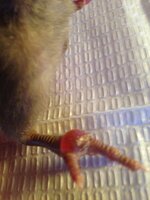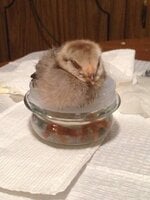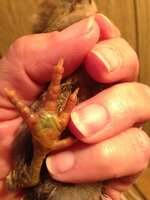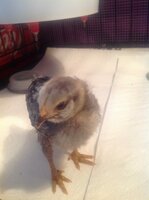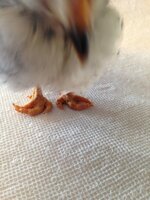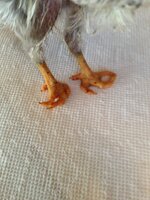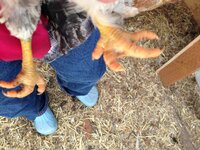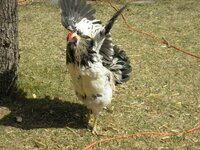Poor Fred! That is a sad face. Is he a hound or a lab—cannot tell from the pic. I would bring in a friend for her today. She can go back out to the coop tonight, and come back and forth. That would be good for her.
We have an oversized wood stove for our family room, but it can heat the house if our power is out. DH always loads it too much so that no one can stand being in that room. But when I am here alone, I only put one log in at a time, and it is much cooler. I don’t think even I could stand 85 degrees inside the house. If you have a cooler room where you can shut the door, and keep her more around 72-75 degrees, it might be more comfortable.
We have an oversized wood stove for our family room, but it can heat the house if our power is out. DH always loads it too much so that no one can stand being in that room. But when I am here alone, I only put one log in at a time, and it is much cooler. I don’t think even I could stand 85 degrees inside the house. If you have a cooler room where you can shut the door, and keep her more around 72-75 degrees, it might be more comfortable.




